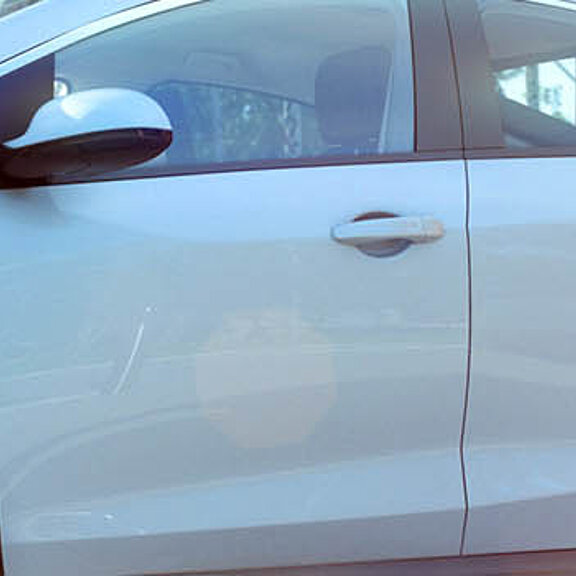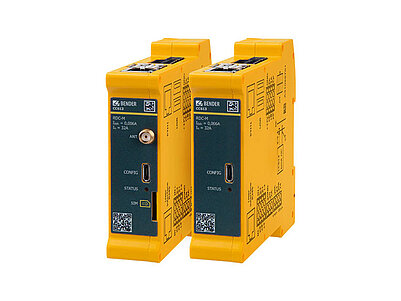

Due to its small dimensions, the CC613 charge controller is perfectly suited for use in a compact and space-saving wallbox, which is a great advantage in your garage or on your parking place. In addition, the space requirement is further reduced by the newly integrated 230 V control relay, as it directly controls the contactor for power release on the vehicle side. Due to this integrated feature, an additional intermediate relay is not required.
The 6 mA DC residual current detection, according to IEC 62955, integrated in the CC613 charge controller detects insulation faults in the vehicle. The charging process is stopped immediately when a DC fault current greater than 6mA flows. This not only prevents life-threatening personal injury, but the user immediately knows that they should have their electric vehicle checked, as this is an initial sign of a fault in the vehicle.
The DC residual current detection offers the end user the great advantage of not having to use an RCD type B. The use of a much cheaper RCD type A is sufficient.
The integrated charging plug emergency opener offers the advantage that in the event of a power failure, the home user can safely disconnect the charging cable from the charging station/wallbox.
The weld check integrated in the CC613 outputs an error message in case of a "sticking" contactor or load switch. Since in this case the power supply is not interrupted and thus a life-threatening current can flow, the weld check provides increased personal protection.
To further increase the safety against electric shock, the CC613 ensures a proper connection of the protective conductor (PE) to the controller with PE monitoring. This means that the measurement methods, communication and monitoring always work properly.
With the Powerline Communication Standard (PLC) according to ISO 15118, the CC613 enables your wallbox to implement plug & charge or auto-charge, which allows the electric vehicle to communicate directly and easily with the wallbox. Authentication takes place automatically via the charging cable with the charge controller and facilitates the charging process, including specification of charging times and duration.
The integrated Ethernet interface allows easy connection to an existing home energy management system (HEMS) via EEBUS. As a result, the charging process of an electric vehicle can be intelligently planned and controlled, so that the operator of a HEMS can make optimum use of the available energy.
Products

The next generation of smart charge controllers

The next generation of smart charge controllers